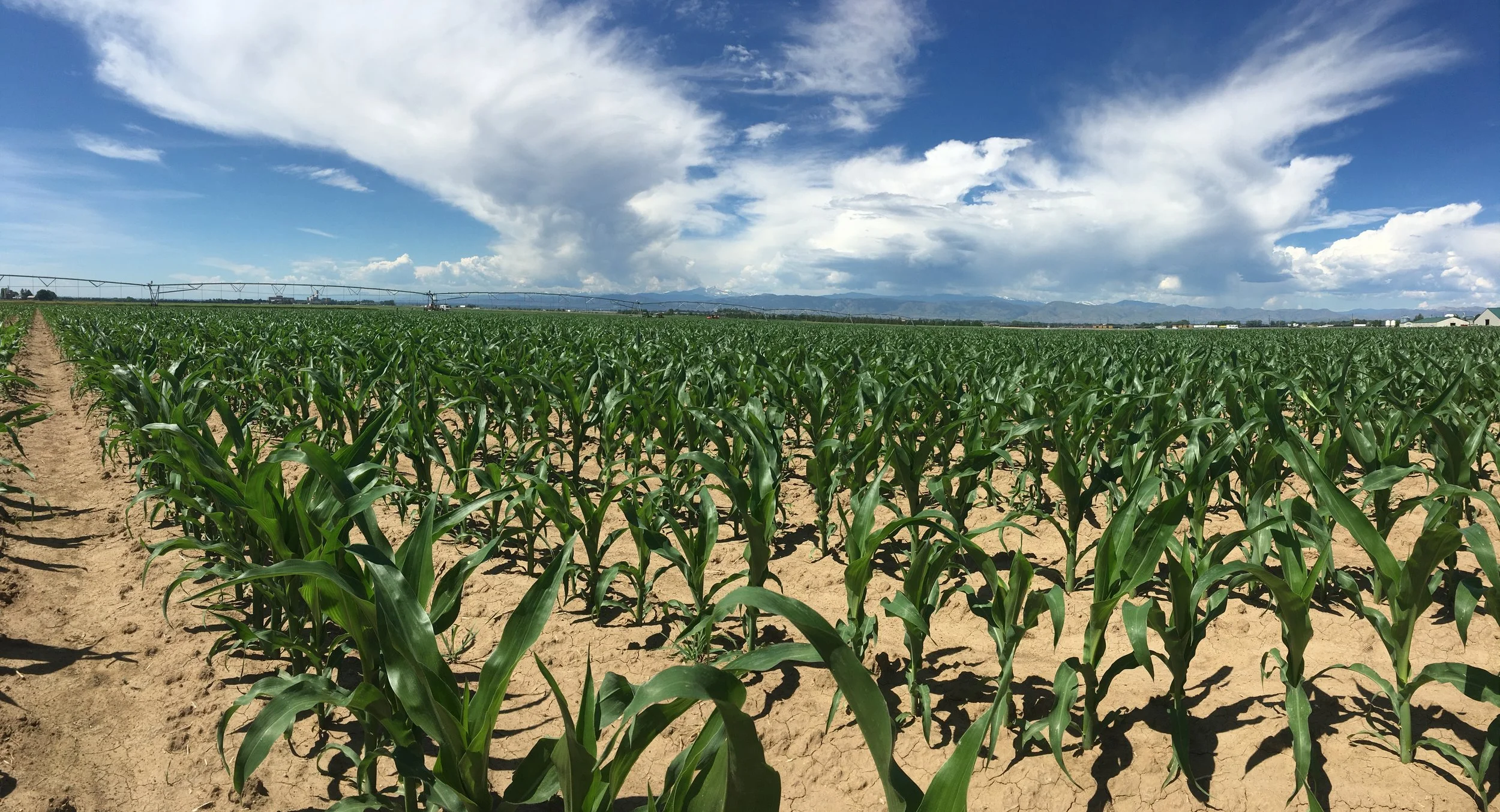The objective of the ARPA-E project, SUBTERRA, is to pursue technologies and high throughput phenotyping for enhanced soil quality, crop productivity, and greenhouse gas mitigation through improved root-soil biogeochemical function.
OVERVIEW
Using a genetically diverse panel of maize lines, our field team is conducting trials in Fort Collins, CO and Maricopa, AZ to collect phenotype data for a range of root traits. Our geneticists are scanning the genome for associations between genetic markers and the phenotypes of interest. Using manual phenotyping techniques, we are simultaneously validating the efficacy and accuracy of automated technologies and identifying genomic regions to select upon for desired traits.
Our capacity to develop new varieties of crops to address population growth and climate change is dependent upon our ability to collect, synthesize, and analyze, data efficiently and reliably. This all starts will our observations of traits, or phenotypes, and our ability to record those observations. Our engineering team is confronting this issue by designing novel sensors and mechanisms to equip our field deployable high throughput phenotyping platform.
Our tech to market team is conducting a market analysis of existing technologies to develop plans to transition our technology from the lab to commercial deployment. With guidance from an advisory board of experts from agricultural, energy, and conservation sectors, we are defining the market values of new technologies and exploring our visions of economic potential in a changing world.
Management of big data is one of the major challenges facing agricultural research today. A Data Dashboard is being developed to provide web-based access to search data stored in Galileo and CyVerse with built-in map interfaces and visual analytics tools. CyVerse is a National Science Foundation computational infrastructure partnered on this project. Data is automatically archived in CyVerse with end-to end integrity from generation to final storage.
How do carbon and nitrogen move through the soil profile over time? Our incubation team labeled maize lines with stable isotopes of carbon and nitrogen to answer that question. Labeled leaf extracts and root tissues were incubated in the field, and are being harvested at intervals over two years. The data collected from this experiment allows our team to inform a novel and complex carbon and nitrogen cycling model.
Our understanding of carbon dynamics in various ecosystems must evolve if we are to scale and monetize carbon sequestration. This new model will provide an accurate understanding of carbon movement, fate, and form through the soil profile. Soil data will be used to model soil carbon capacity, forecast worldwide sequestration potential, and determine which soils to target for carbon sequestration activities.






